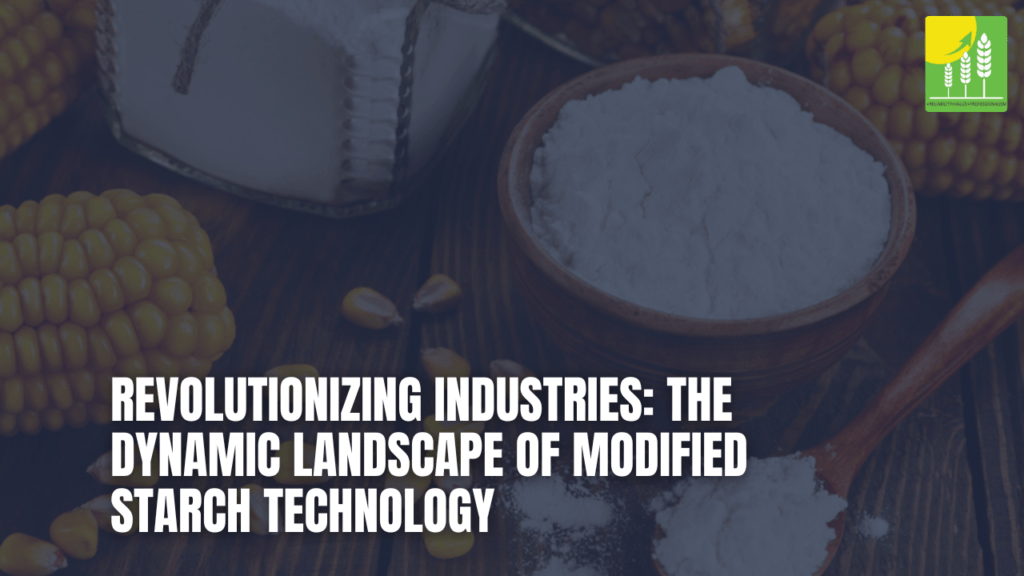In today’s ever-evolving landscape of food science and industry, the utilization of modified starches has surged, marking a pivotal turning point in the way we approach food production, packaging, and various industrial applications. Modified starches, derived from conventional starches through physical, enzymatic, or chemical processes, have undergone a remarkable transformation, offering a spectrum of functionalities and applications that cater to diverse consumer needs. In this blog let’s Explore the Latest Trends in Modified Starch Innovations!

Evolution of Modified Starches
Traditionally recognized for their thickening and gelling properties, modified starches have transcended their conventional applications. Innovations in technology have paved the way for novel modifications, enabling starches to serve as stabilizers, fat replacers, texture enhancers, and even encapsulation agents, revolutionizing industries spanning food, pharmaceuticals, textiles, and more.
Functional Diversity
One of the key drivers behind the widespread adoption of modified starches is their enhanced functional diversity. By tailoring starch properties through technological advancements, scientists have successfully engineered starches with improved heat stability, freeze-thaw stability, and resistance to shear forces. These attributes have found extensive applications in the production of convenience foods, frozen meals, and various culinary applications, ensuring superior performance even under challenging conditions.
Clean Label Trends
In tandem with the demand for natural and clean-label products, modified starch technology has responded by innovating cleaner, more natural modification processes. This shift aligns with consumer preferences for recognizable, minimally processed ingredients, prompting the development of modified starches through non-chemical means, such as physical or enzymatic modifications. These cleaner approaches preserve the innate characteristics of starches while meeting the stringent criteria of clean label trends.
Sustainability and Biodegradability
The pursuit of sustainability has catalyzed research into biodegradable and environmentally friendly materials. Modified starches have emerged as a promising candidate, offering biodegradability and renewability, thereby reducing the ecological footprint of various industries. Innovations in this realm encompass the development of starch-based bioplastics, packaging materials, and biodegradable films, contributing to the global sustainability agenda.
Future Outlook
As technology continues to advance, the trajectory of modified starches appears promising. The future of modified starch technology is anticipated to focus on precision modifications, enabling the customization of starches to meet specific industrial requirements. Moreover, the convergence of biotechnology and materials science holds immense potential for the development of starch-based nanomaterials, paving the way for groundbreaking applications in medicine, electronics, and beyond.
Conclusion
Innovations in modified starch technology have transcended the conventional boundaries, propelling starches into multifaceted roles across various industries. The dynamic evolution of modified starches, driven by technological advancements and market demands, promises a future teeming with endless possibilities. As we continue to unlock the potential of modified starches, their versatile applications and contributions to sustainability will undoubtedly shape the future of multiple industries, catering to both consumer needs and environmental consciousness.

